Usually, a clear dipstick is a sure-fire indication that your engine is low on oil. But if you know that there is oil, but it isn't showing up, what does that mean and what should you do? Fortunately, we have consulted experts in this field, and here is what they have to say.
A dipstick not showing oil could be due to different reasons. The following are things you can do when there is no oil on your dipstick:
- Let your vehicle cool
- Check for signs of oil leakage
- Check your oil pan for damage
- Check your oil pump
- Check oil hoses for blockages
It is recommended to tackle this problem as soon as possible so it won't worsen. Keep reading to get detailed information about things you can do when your dipstick is not showing oil, why this might happen, and more!
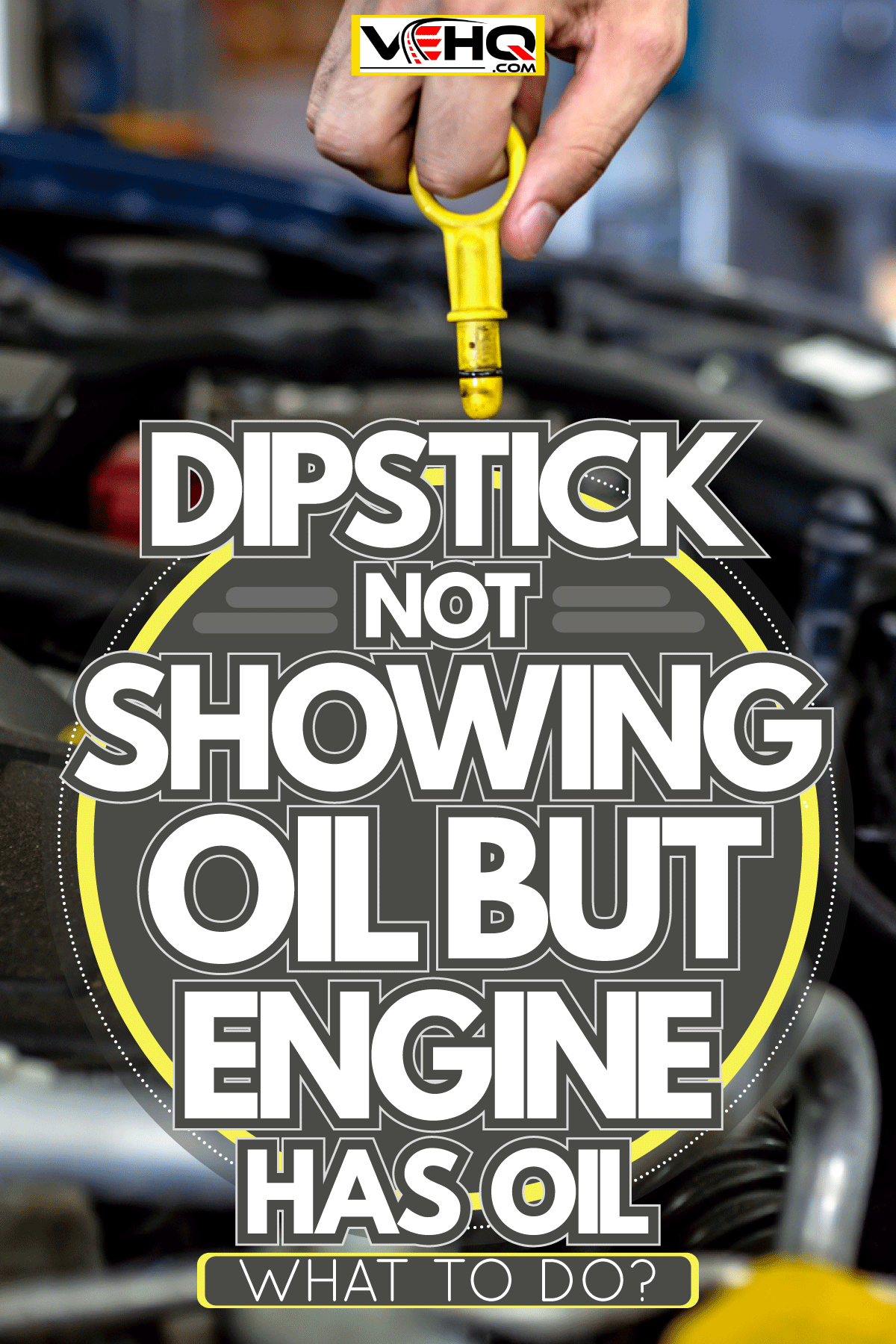
What Is A Dipstick?
A dipstick is a long, thin stick that is meant to be inserted into an internal combustion engine to check the oil level. The length of the dipstick allows it to reach the bottom of the engine.
Since engine oil falls to the bottom of the vehicle, having a dipstick that works properly allows you to determine how much oil is in your vehicle's engine. Car engines can't function properly without oil because it is what maintains the engine's smooth operation.
It is the work of engine oil to build a layer of lubrication that protects moving parts from rubbing against one another. This, in turn, helps the engine to operate smoothly. This is why it's important to replace your oil regularly.
What Should I Do When My Dipstick Is Not Showing Oil?

If you have already added oil to your engine but discover that the dipstick is not showing oil, the first thing you need to do is to stop the engine until you have determined the cause of the problem.
One thing to check is how you are parked. Make sure the vehicle is parked on a level surface. This is necessary because the position of the vehicle can affect the reading that is obtained from the oil dipstick.
To test the engine, you can make use of the tools you have. If you don't have access to many tools, you may have to rely on visual inspection. Here are things you should do when no oil is showing on your dipstick:
Leave Your Vehicle To Cool
To give the automobile time to cool down, you should leave it at a place for at least 30 minutes. Having no oil on the dipstick when the engine is running is different from having no oil on the dipstick when the engine is cold.
This is because oil tends to adhere to a dipstick more readily when it is cold. Also, allowing the engine to cool down makes it possible for oil trapped in any sludge near the valve covers to return to the crankcase.
Check For Signs Of Oil Leakage
Defective valve seals are usually the cause of oil leaks. They result from wear-and-tear-induced cracks in the engine. When you pour engine oil in, these leaks in the supply lines act as outlets for the oil to seep out. Check to see that there isn't any oil leakage.
Watch for telltale signs that oil is seeping under the engine and take appropriate action. If you don't fix your oil leaks, no matter how much oil you add, your engine will always run low on oil.
Check Your Oil Pan For Damages
The oil pan is a good location to start your inspections. You can do so from either the bottom or the top. As you check everything out, make sure there are no obstructions in the engine compartment that could limit the flow of oil throughout the engine.
Check Your Oil Pump
Using a flashlight, examine the oil pump for any problems. Unless there is damage to the oil pump, it is unlikely that this component needs to be replaced or repaired.
Check Oil Hoses For Blockages
If the oil pump is in good shape, the next thing to look at is whether or not there are any issues with the hoses or the connections to the other components.
If everything seems fine thus far, start the engine after releasing excess pressure to check for low oil or other lubrication issues. Afterward, if the problem persists, you should seek the help of a professional.
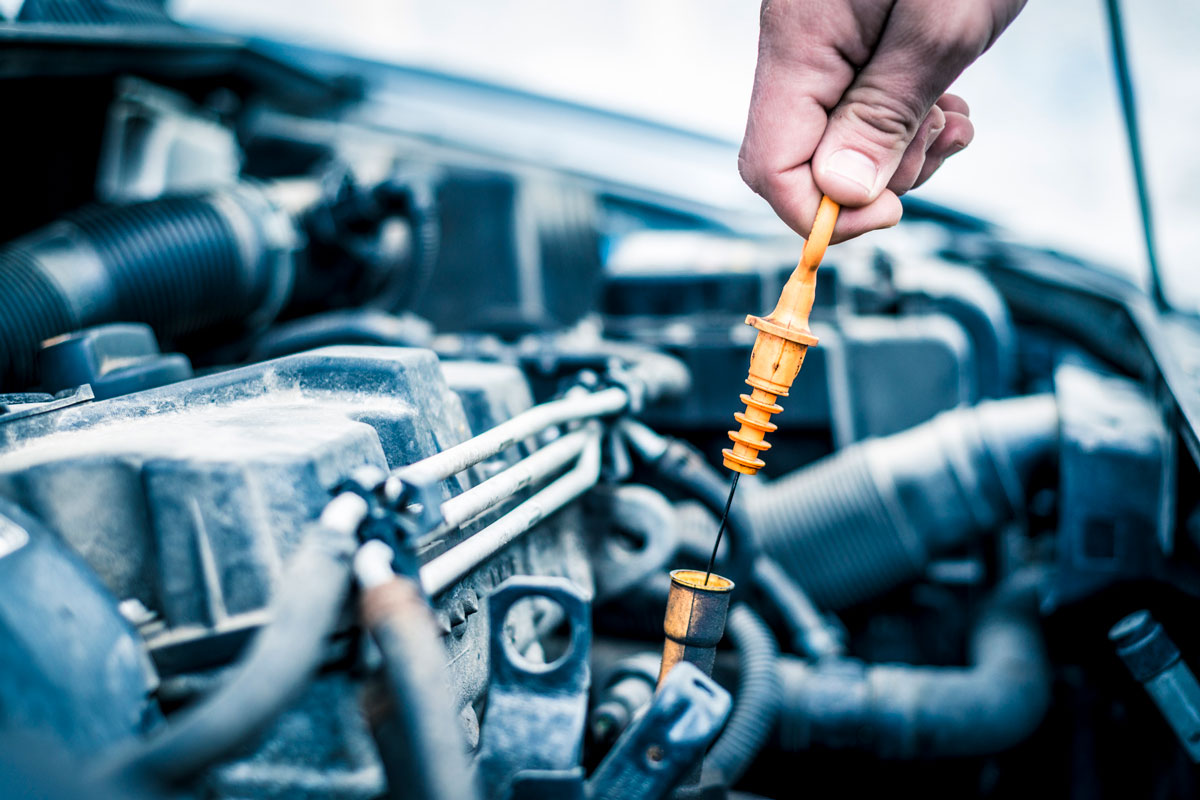
Why Is There No Oil On My Dipstick?
There are various possible reasons why there is no oil on your dipstick. Here are some of the most common:
- Low oil level
- Dirty or blocked dipstick
- Dirty oil
- Faulty gasket or seal
- Oil leakage
How Much Oil Should Be On The Dipstick?
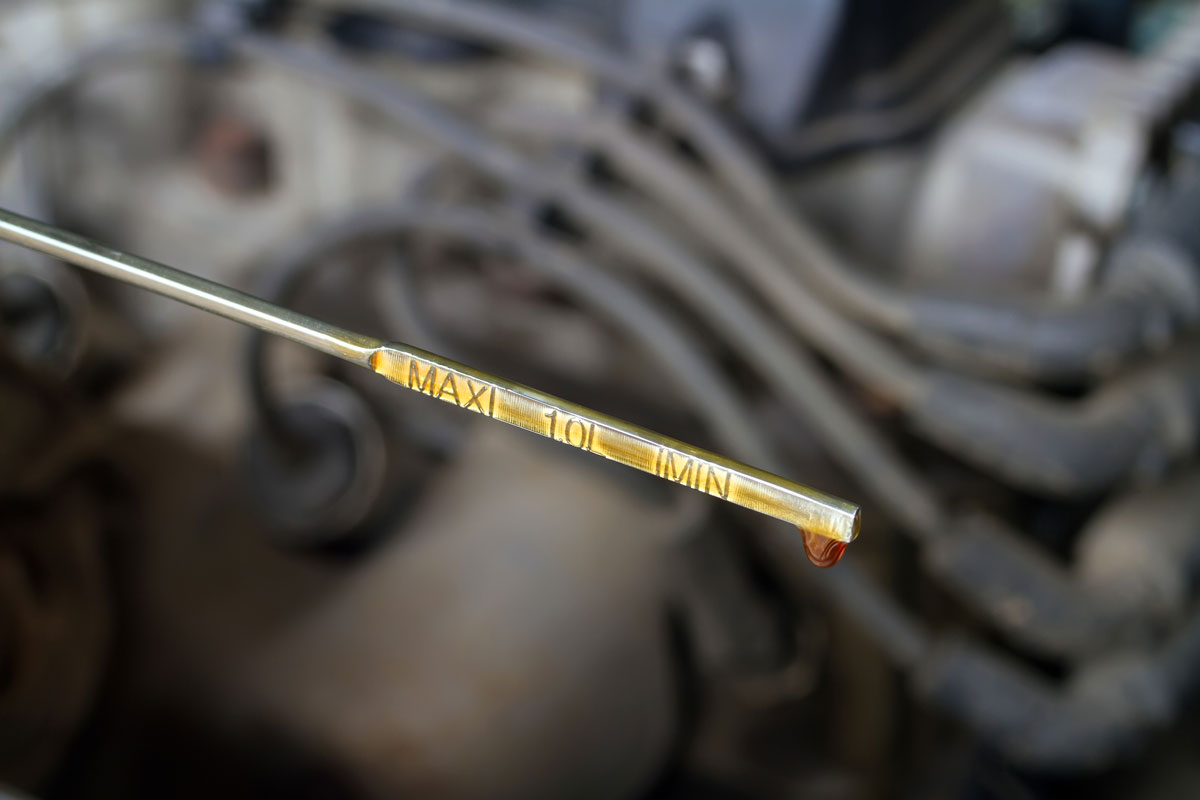
The dipstick has two marks on it, one says "Low," and the other says "Full." It is recommended that the oil level fall between the two markers.
If the dipstick in your automobile has a crasshatch pattern rather than marks to indicate the level, then the level should be somewhere in the middle of the crosshatched area.
However, if you are unsure about how much oil should be on your dipstick, check the owner's manual for your vehicle.
You should always have a dipstick in your car while driving. It is critical to keep an eye on the oil levels in your vehicle's engine and transmission, which might be reduced if leaks occur.
However, It is possible to operate and drive a car for a few hours without the dipstick if necessary.
How Long Can A Vehicle Run Without Oil?
A vehicle can run without oil for approximately 30 minutes. The presence of oil and the manner in which it is distributed are of the utmost importance for the engine to keep working.
However, even though engines can briefly function without oil, the effect is so devastating that they are only capable of running for less than thirty minutes before dying, and in most situations, it happens much more quickly than that.
A leaky engine might cause oil to disappear, but unless there are holes in the gaskets or other areas where oil can escape, your car engine oil won't disappear. However, there are several routes from which oil can vanish. You need to be mindful of leaks, whether they are external or internal.
How Do You Get A Stuck Oil Dipstick Out?
With a telescopic magnet oil dipstick tube, you can remove a stuck dipstick quickly and effortlessly because the magnet grabs the metal rod of the dipstick and lets you pull it out.
A simple bolt with the same dimensions as the internal circle of your dipstick oil tube or a product like the PowerPull Oil Tube Extractor can catch the metal bar of the dipstick as it is wound in the oil dipstick tube. You can also find some tools to remove the tube online if your oil dipstick gets stuck.
Click here to see this dipstick extraction tool for select Ford engines on Amazon
Should I Check My Oil When The Engine Is Hot or Cold?
It's best to check the oil in your engine when cold. When performing your own oil check, be sure to do so with the vehicle parked on level ground. Checking the oil when cold will prevent you from accidentally burning yourself.
You can also check your oil when the engine is warm. But this should be done 15 minutes after running the engine since it takes some minutes for the oil to get to the pan. For some vehicles, the manufacturer recommends checking the oil when the engine is already warm.
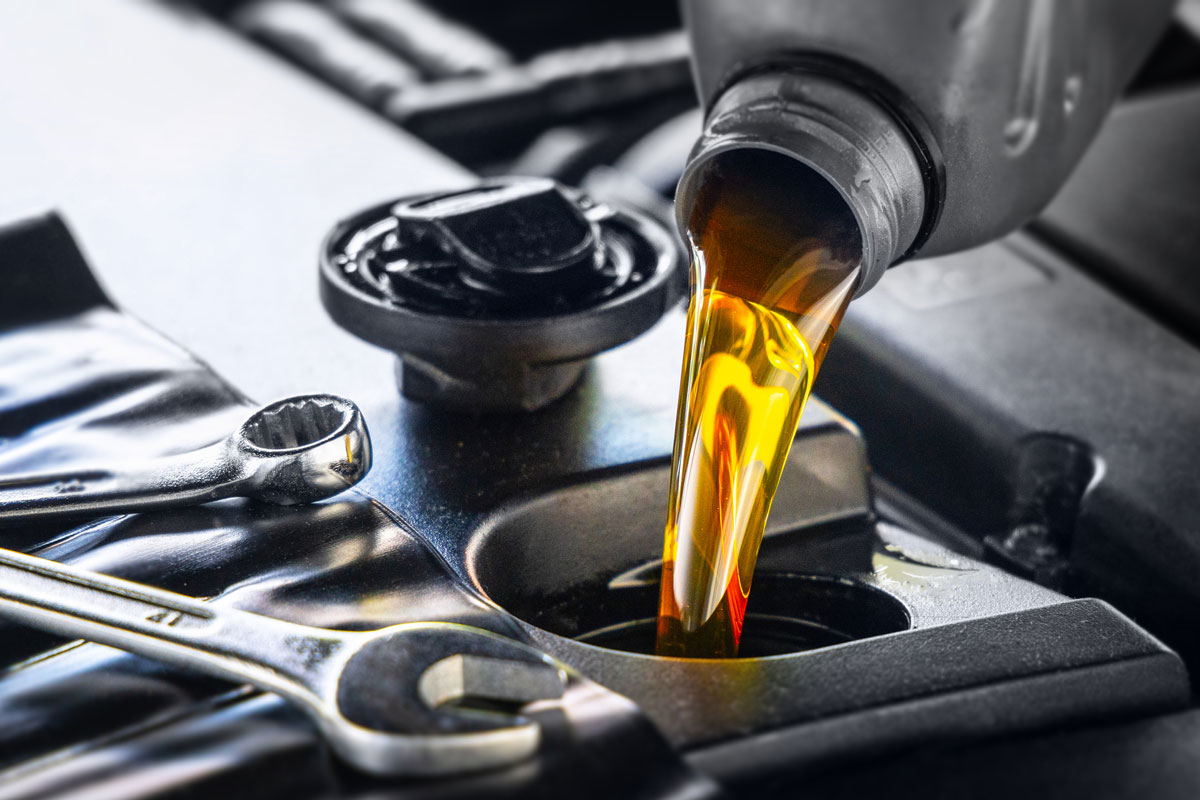
How Often Should I Add Oil To My Car?
You should add oil to your car every 5,000 to 7,500 Miles. It was common practice to change the oil every 3,000 miles; but, due to advancements in lubricants, the majority of engines manufactured today have recommended oil change intervals that range from 5,000 to 7,500 miles.
In addition, if the engine in your vehicle demands full-synthetic motor oil, the miles before maintenance checks could reach up to 15,000.
Final Takeaway
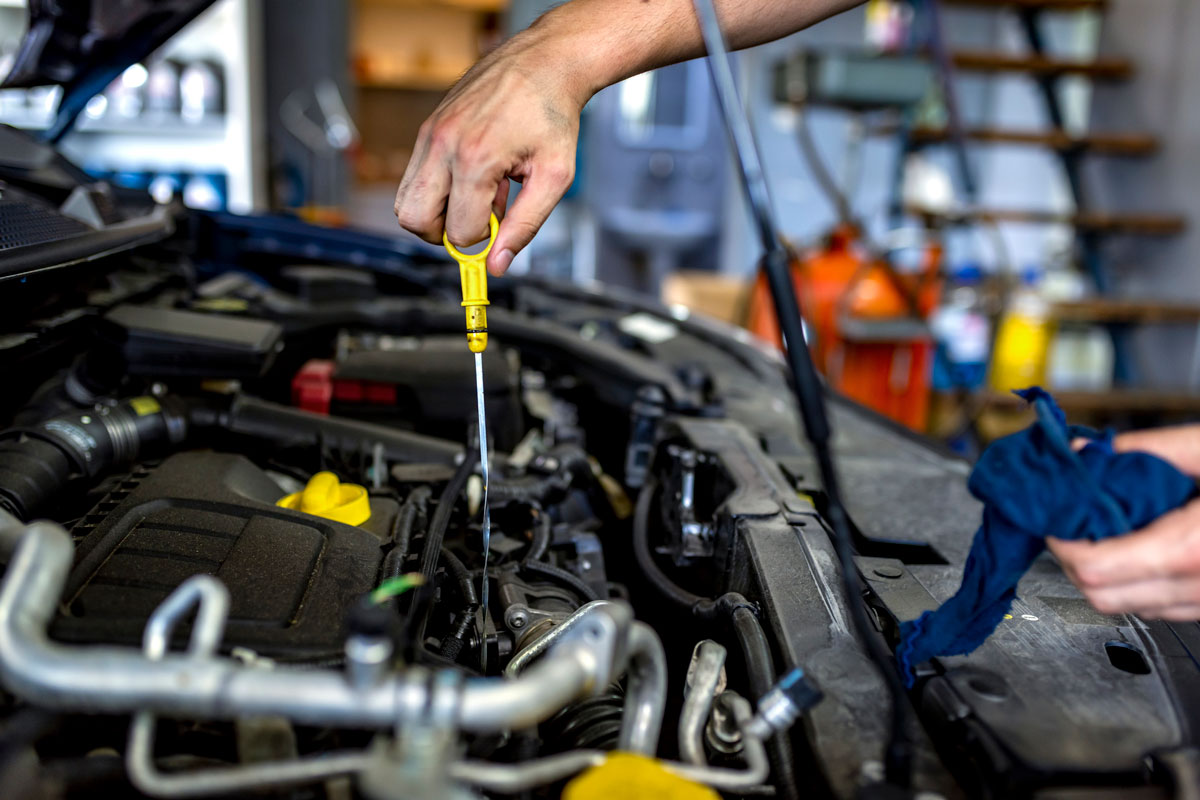
Having no oil on a dipstick might be a potentially problematic situation if you do not tackle the problem as soon as you can. If your dipstick is not showing oil you can check for leakage, blocked oil hoses, and bad oil pan. You can consult a professional if you cannot solve the problem on your own.
If you enjoyed reading this post, here are similar articles you may like:
What's The Best Oil For A Honda Pilot?

